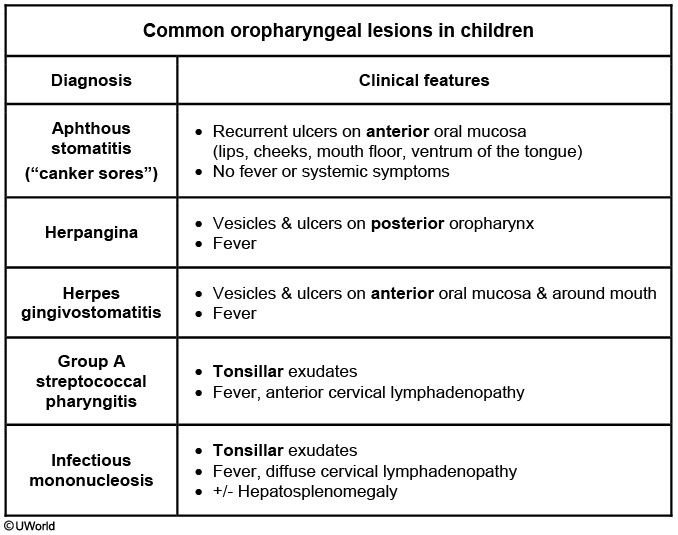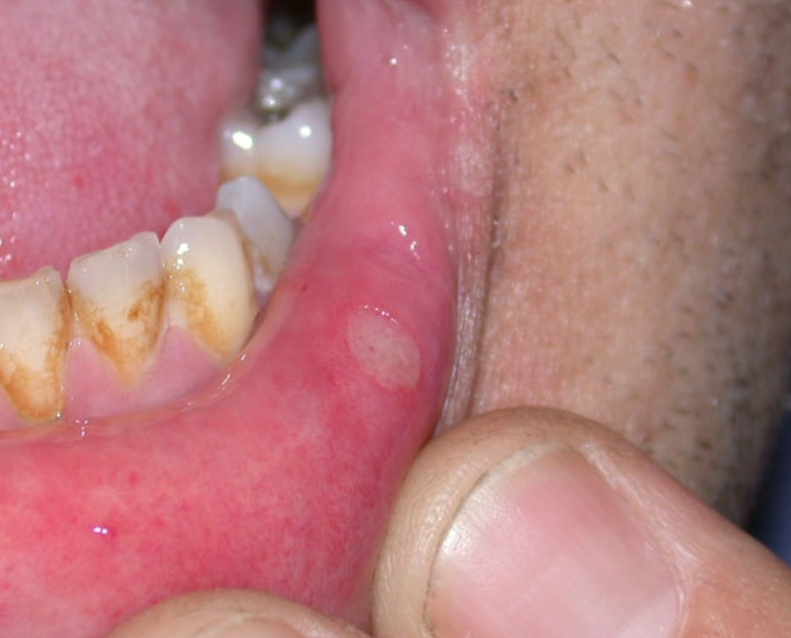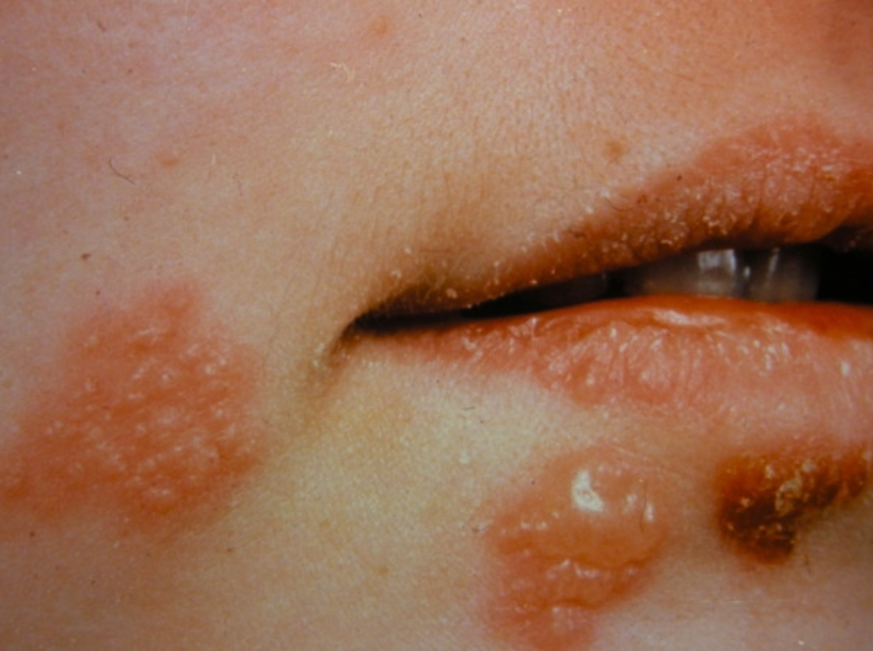pediatric oropharyngeal lesions

Herpangina is an oropharyngeal infection caused primarily by Coxsackie group A virus. It is usually seen during the summer in children age 3-10, who present with fever, drooling, sore throat, decreased appetite, headache, and painful posterior pharyngeal vesicles. The lesions can evolve rapidly from erythematous macules to vesicles on the soft palate and tonsillar pillars, creating a painful pharyngitis.
Diagnosis is based clinically on the enanthem. Therapy is directed at symptomatic relief with saline gargles, analgesics, and antipyretics. Cold, non-acidic fluids or popsicles can be soothing and provide hydration. Antiviral therapy is not indicated in this self-limited illness, which typically resolves within a week. Hand-washing by children and their close contacts can prevent spread during outbreaks.
Lesions of aphthous stomatitis are often larger and located on the anterior oral mucosa. There are no fevers or systemic symptoms with aphthous ulcers.

Primary herpes simplex virus type-1 infection causes gingivostomatitis in children. These patients tend to be febrile and ill-appearing with vesicles on the anterior oral mucosa, gingivae, and perioral skin.
